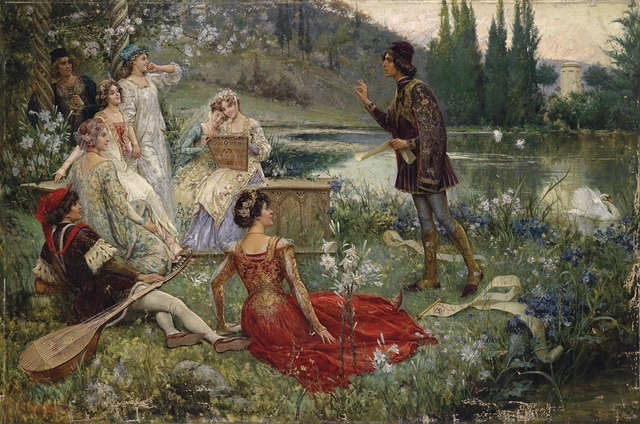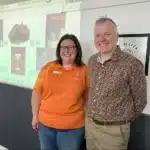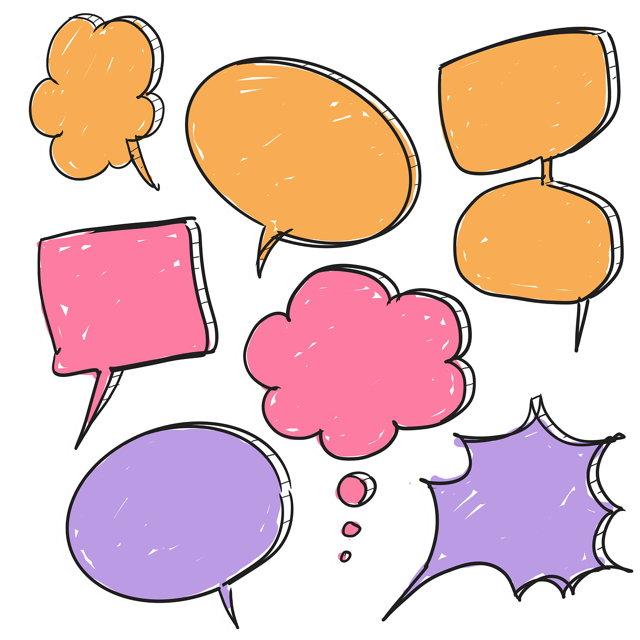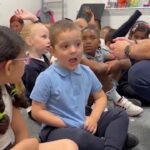Involving children in making up short stories has so many benefits.
It’s quick, simple and the opportunities are endless. It provides a fun and engaging way to support their overall development, combining educational benefits with the joy of creative expression.
“After nourishment, shelter and companionship, stories are the thing we need most in the world.” Philip Pullman
Making up stories encourages creativity and stimulates a child’s imagination, allowing them to explore new ideas and scenarios, which enhances their creative thinking. Crafting stories is central to the development of language skills. It helps children practise using vocabulary, explore sentence structure, and grammar, and can improve their overall language proficiency.
Storytelling requires organising thoughts, understanding sequence, and developing a coherent narrative, which boosts cognitive development and critical thinking skills.
Through storytelling, children express their feelings and experiences, helping them understand and manage their emotions better. It also promotes empathy as they create and understand characters’ perspectives. Sharing their stories with others can boost children’s self-esteem and confidence, as they take pride in their creations and communication skills.
“We are storytelling creatures, and as children we acquire language to tell those stories that we have inside us.” Jerome Bruner

How to make a Chatta story with your class: (any age group!)
It’s extremely easy to create a story with your class using Chatta. Any theme, any style. Modelling language and imagination, sharing ideas to bring the story to life.
Follow a simple structure of prompts.
- Character
- Setting
- Situation
- Problem
- Resolution
- Ending
Add images to the Chatta board as the story develops, and come back to record the story together as the class retell it.
Here’s an example of questions to prompt the collaborative story creation with the class.
- Who is the character in our story? It could be anyone or anything. A pilot, a tortoise, a king, a beetle, a superhero. What do we think?
- What’s the setting? Where does our character live, work or visit? The beach, the moon, the shops, our classroom, a waterfall? Where shall we choose?
- What are they doing there? What’s their situation or activity? Are they resting, making something, doing a job, collecting something, waiting for something? Why are they there?
- What goes wrong? What problem do they face? Do they lose something? Does something break? Does someone or something turn up to cause trouble? What happens?
- How is the problem solved? What’s the resolution? How do they move forward ? Does someone help? Do they have to take action ? Do they escape? Make a deal? Change their plans?
- How does the story end? Does life return to normal? Does the character’s life change forever? Is there a celebration? A happy ending, or an unhappy one?
The possibilities are, of course, infinite.
The video below shows how quick and easy it is to make a Chatta board, during the session with the class. There is no need to prepare anything in advance. Voice recordings (teacher and/or pupils) can be added as the story is reviewed and retold, again, during the lesson.
The story is one made up by a year one class, from Cherry Burton School in East Yorkshire, during a Chatta activity. (there is actually a template version of it in the Chatta Community now)
Character: A kind and friendly dragon
Setting: A cave by the sea
Situation: The dragon makes boxes full of magical dreams
Problem: Some mean dragons come to steal the boxes
Resolution: The kind dragon breathes fire to scare them away
Ending: There is a big party to celebrate
Click here to view the Chatta Board Example of The Dragon Story

The story can be as simple or in-depth, detailed and elaborate as suits the class. The images act as cues, prompts and milestones. Teachers can easily engineer the language they use to include any aspects of vocabulary, phrasing, language structures and grammar. Pupils can tell the story to a partner, taking turns picture by picture. They can come to the front to tell it to the class, choosing and using their own words (not reciting a script or reading) simply conveying meaning through words for an audience and purpose in the moment.
Doing activities like this regularly with the class can help develop creativity and imagination, language skills and confidence. The Chatta storyboard helps pupils who face challenges related to working memory, sequencing and processing too. Breaking content into manageable segments helps with cognitive load, the images can in turn lead to elaboration and oral fluency.
Have a go! A story can be made in 5 minutes. See how many you can make in a week just by doing it at the end of the day. Once the stories have been created they will be easy to remember (and unique!) and can lead into writing activities which build on the oral composition and creative work covered in the making of the story.



